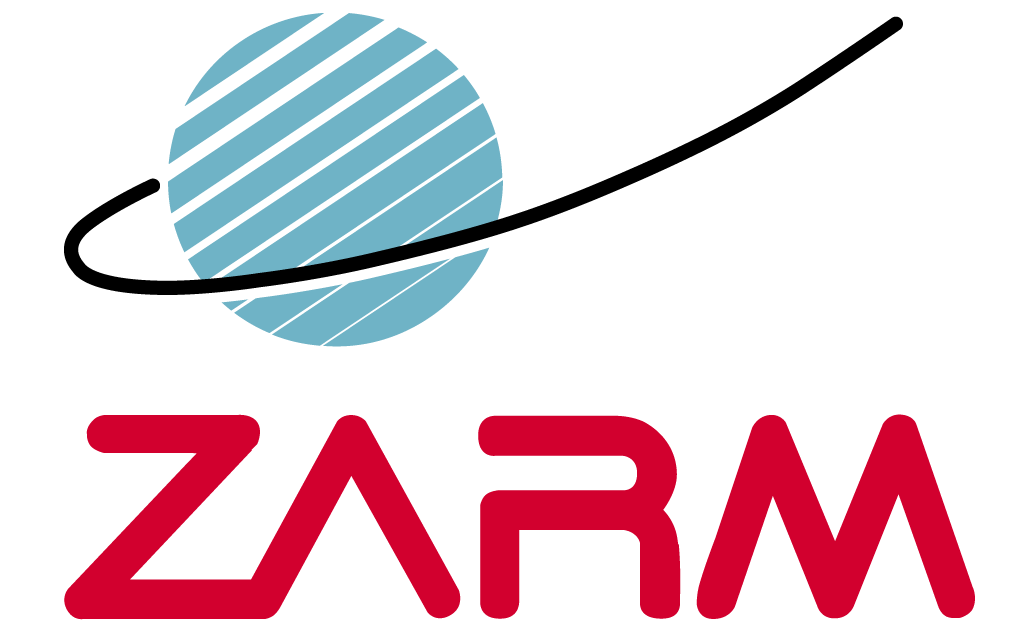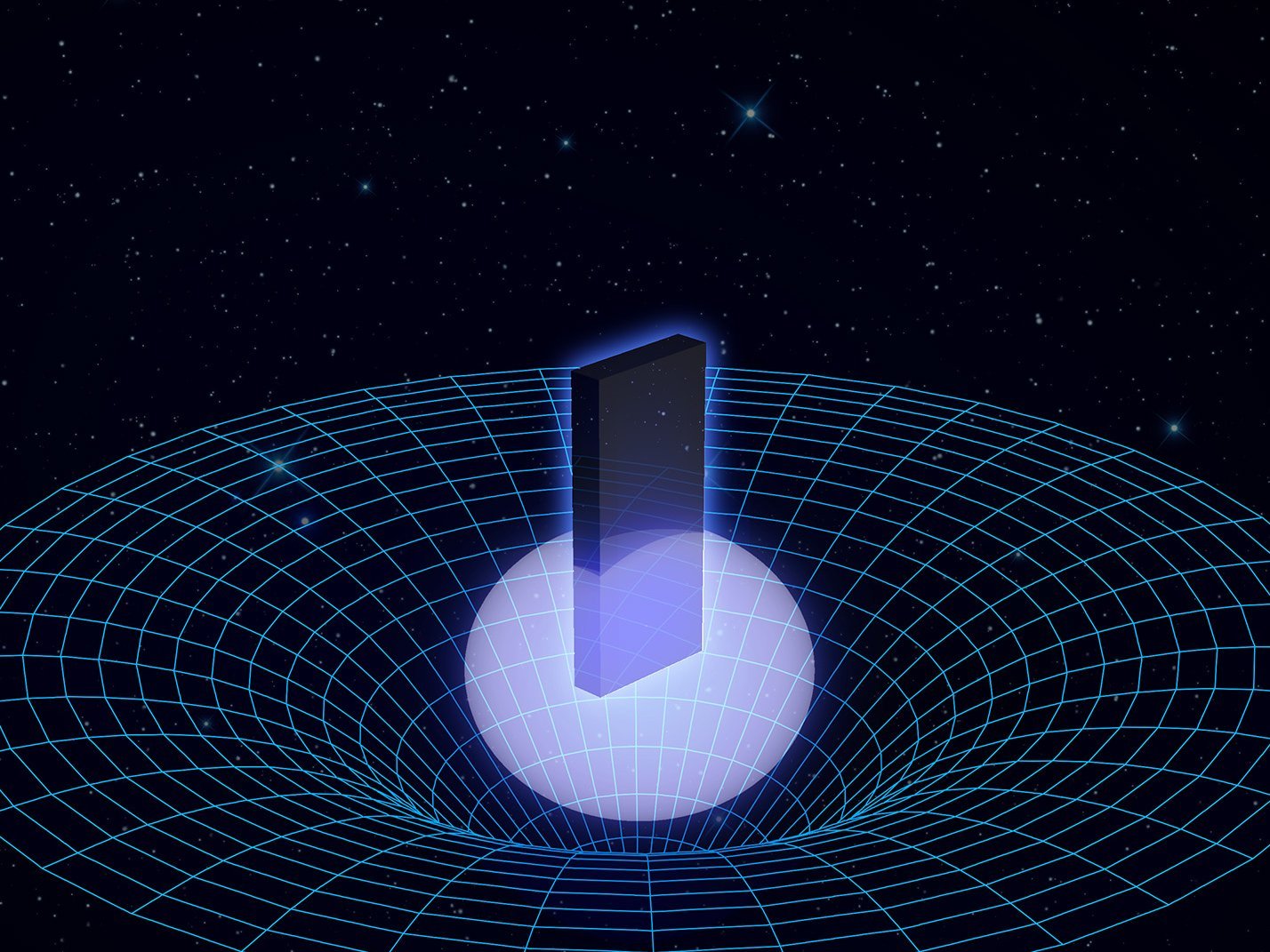Neutron Stars Help to Test Gravitation Theories
The latest ZARM publication on the geometry of spacetime may become a powerful future tool for observations of neutron stars and tests of gravitation theories
Neutron stars may become a ground-breaking space laboratory for fundamental physics
In the famous novel "2001: A Space Odyssey" the most intriguing protagonists are the Monoliths. They appeared with different sizes, but with one common feature: the ratio of their edges' length being 1 to 4 to 9. Last year it was reported in Science that neutron stars have something in common with these Monoliths. While the structure of these stars is mysterious and they come in different sizes, a remarkable geometrical universality leaps to the eye: certain parameters describing the spacetime around neutron stars are related in a universal manner, approximately independent of the various proposed models for the stellar structure. The Science article has been widely debated as to which extent these relations are applicable in real neutron stars. Our paper demonstrates that universal relations between these parameters can be formulated for arbitrary fast rotating neutron stars. These results consolidate that the universality can become a powerful tool for observations of neutron stars in the future. Like the Monoliths stimulated the inventive spirit of the first men, we hope that the study of neutron stars will lead to new ideas about gravitation and the three other fundamental forces. Neutron stars may become the future ground-breaking space laboratories.
cooperating scientists:
· Sayan Chakrabarti, Indian Institute of Technology Guwahati, Indien
· Jan Steinhoff, Instituto Superior Técnico (IST), Universidade de Lisboa, Portugal
· Térence Delsate, Universite de Mons (UMons), Belgien
· Norman Gürlebeck, Zentrum für angewandte Raumfahrttechnologie und Mikrogravitation (ZARM), Universität Bremen, Deutschland
further information:
Norman Gürlebeck
Norman.guerlebeck(at)zarm.uni-bremen(dot)de
0421 218-57857
http://arxiv.org/abs/1311.6509
http://journals.aps.org/prl/accepted/5807dY1eYea1dd4673ac98c010a8851ac7d168f9b




